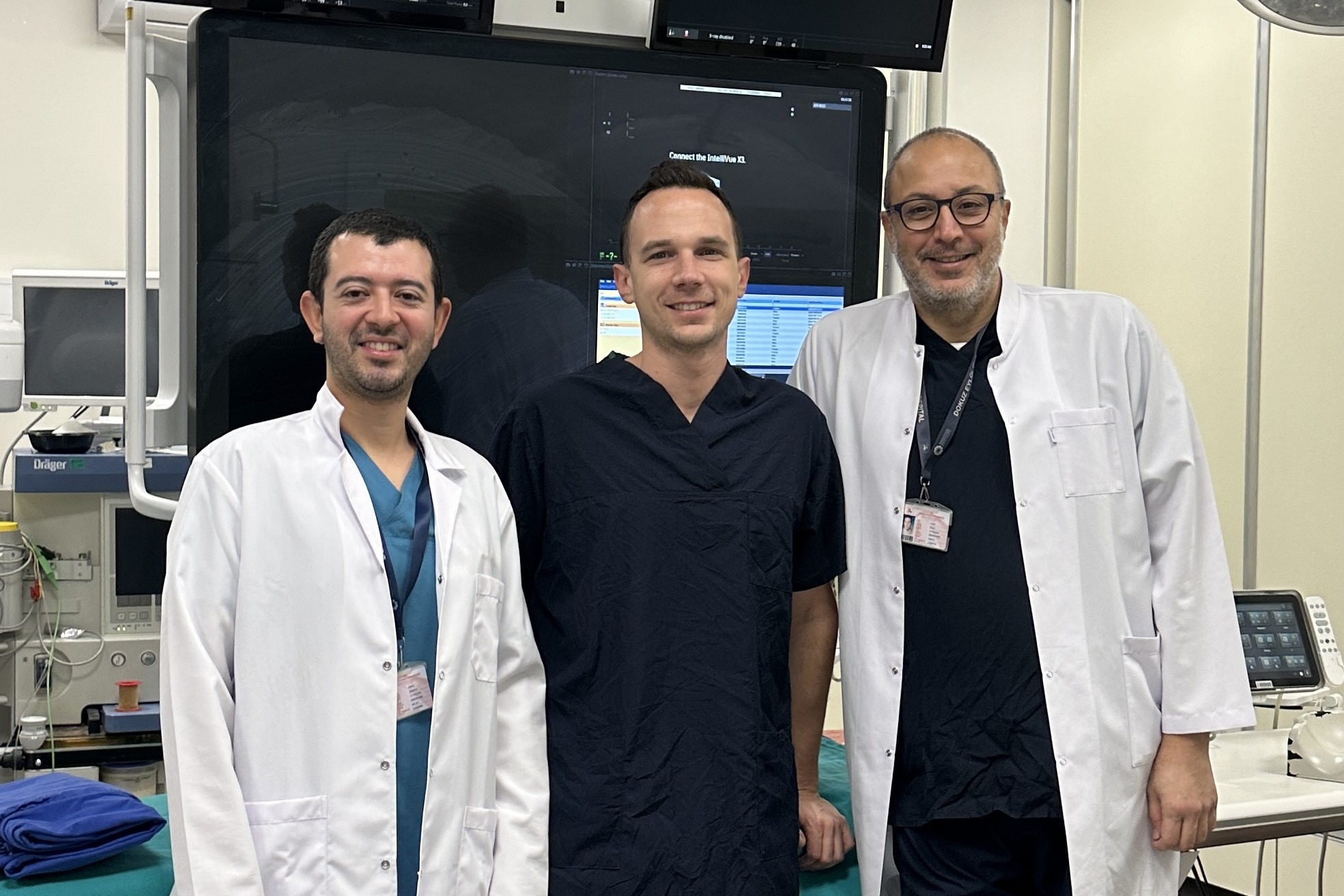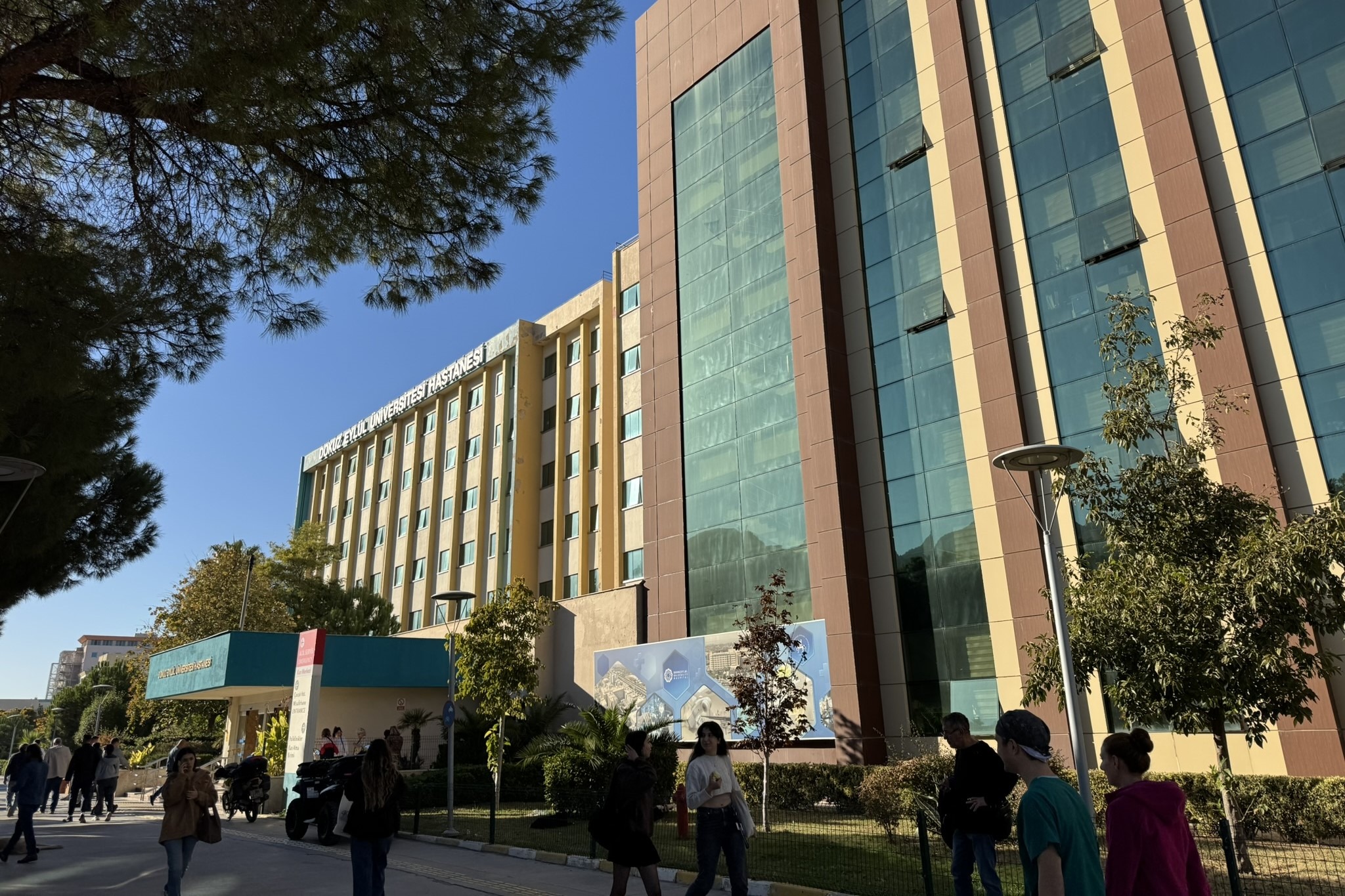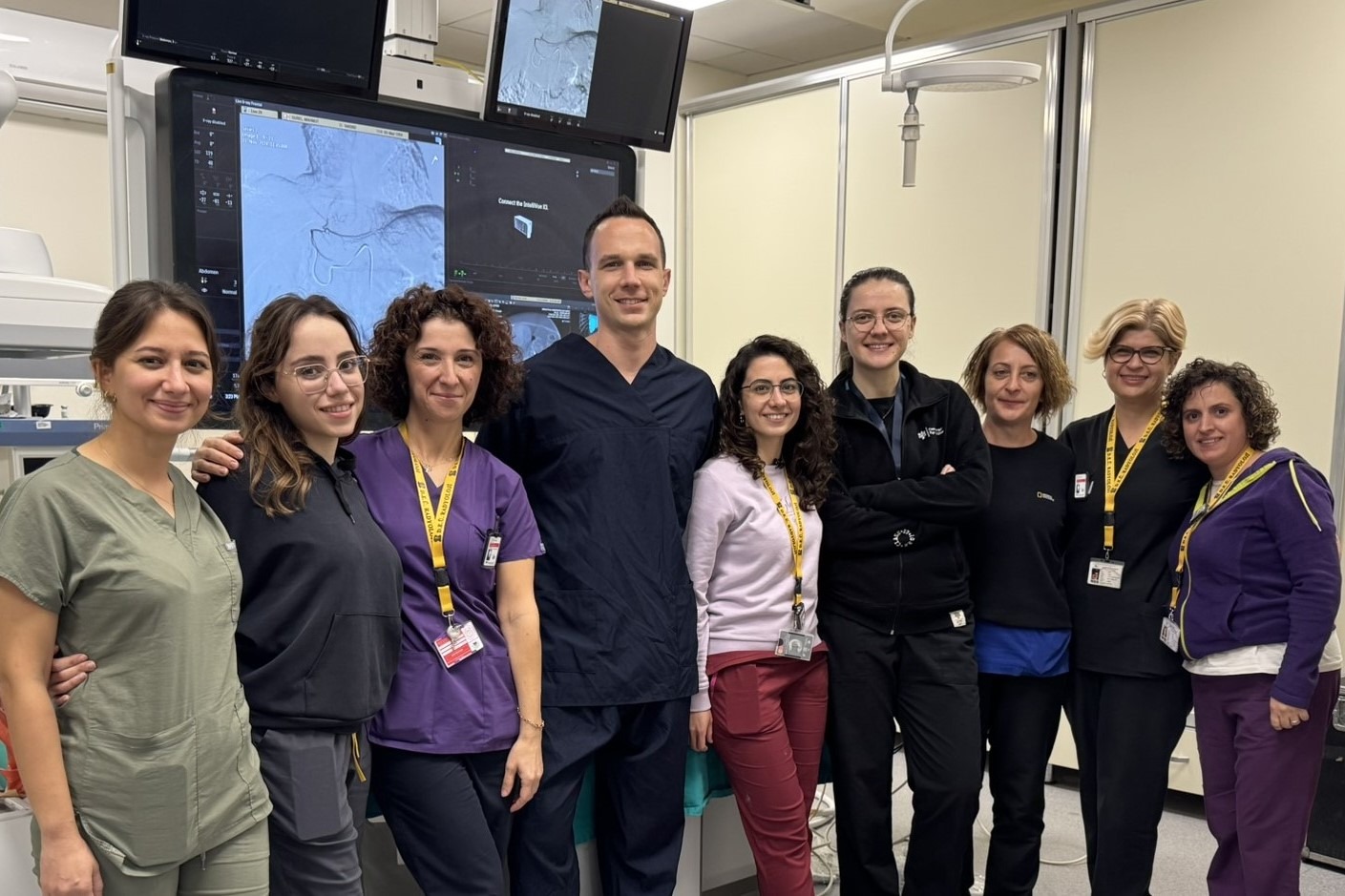My working day started at 08:00 and finished at 17:00 at the earliest. If we had some patients left, we would continue until all of them had been attended to. The everyday workload was high, with generally at least 15 vascular and 20 non-vascular interventions. This is manageable because there is a dedicated waiting room for patient preparation and recovery. The IR department has two biplane angiosuites, one ultrasound (US) room for biopsies and one CT dedicated for IR procedures.
Patients scheduled for vascular interventions are checked and prepared by residents, and the interventions are performed by the professors. In most cases, non-vascular interventions are performed by residents under professor supervision. More experienced residents can perform specific non-vascular interventions all by themselves. This differs from the setup in my institution, and I was glad that qualified residents have more freedom.
Vascular interventions included arterial and venous interventions, with the most common arterial intervention being percutaneous transluminal angioplasty (PTA) for PAD patients and for patients with stenosed or occluded dialysis AVF. They also performed a lot of interventional oncology procedures, such as transarterial chemoembolization (TACE) and transarterial radioembolization (TARE), which I saw for the first time. Aortic interventions were frequent too, with EVAR procedures being the most common.
As for venous interventions, I had the opportunity to see the placement of central venous lines, ports, and dialysis catheters. Since most of these procedures were performed by residents alone, I was able to try some of those myself.
Interventional neuroradiology procedures included stroke management, as well as aneurysm and AVM/dAVF embolizations. These procedures were the most complex ones and most of the time I observed Prof. Men performing them.
Non-vascular interventions included microwave ablations, drainages, biopsies, and nephrostomies. Some non-vascular interventions, vertebral body haemangioma sclerosation for example, were particularly interesting because I wasn’t aware that they can be treated percutaneously in such a fast and effective manner.
Except for vascular and non-vascular interventions, MDT meetings were held every week, most often for patients with hepatobiliary oncologic disease, in which the patients were discussed between an oncologist, hepatobiliary surgeon, interventional radiologist, and pathologist. During these meetings, potential therapy options, both surgical and IR procedures, were taken into consideration and the best feasible option was chosen for the patient. This gave me an insight into what an MDT meeting should look like.
I had an opportunity to participate in all IR procedures and to perform some parts of the procedures myself. The setup for every intervention was thoroughly explained to me by the professors. They were very kind and helpful and answered my many questions regarding techniques and materials used for specific pathologies.
There were two big differences from my institution which I noticed in the everyday workflow concerning vascular IR procedures, particularly arterial ones. The first one was that they were using US for every arterial puncture, while in my institution we use US only after several unsuccessful attempts with manual palpation. The second big difference I noticed was that most of the patients, more than two thirds, are treated on an out-patient basis even when closure devices are not used. Coming to the department in the early morning, getting minimally invasive treatment through femoral access, and going home the same day with manual compression only – it was unbelievable. Another thing I liked was that the US was the most used imaging modality for liver lesion ablations. The reason for this was the real-time image which resulted in shorter procedural times, without losing the effectiveness of the ablation.
The procedures I was interested in the most were TACE and TARE, because we don’t perform these procedures in my institution. All concerns regarding these procedures, including appropriate patient selection, materials, timing, and follow-up modalities, were explained to me down to the smallest detail. I am very grateful to the professors, and I think that this will facilitate me in starting to perform these procedures in my department in the near future.
During this one-month fellowship, I’ve made myself familiar with some procedures we don’t perform at my institution and gained more experience in the ones we already do. One thing I would like to highlight, besides the improvement of IR knowledge and skills, is the colleagues I have met there, because we became friends by the end of my stay. I would highly recommend any IRs with interest in interventional radiology to visit Dr. Sarıoğlu and his team!



